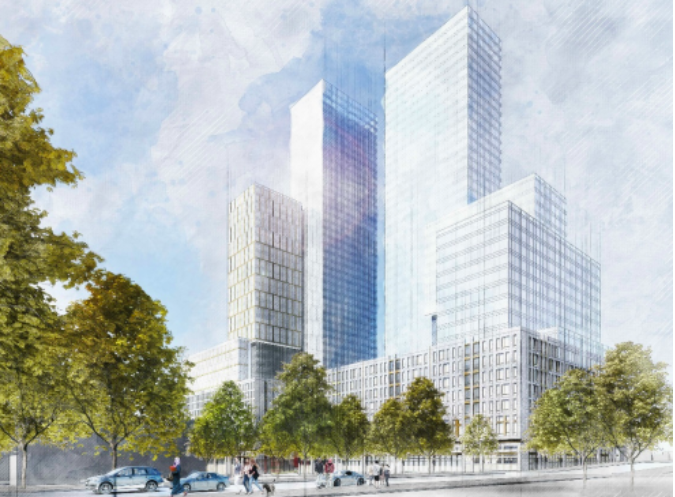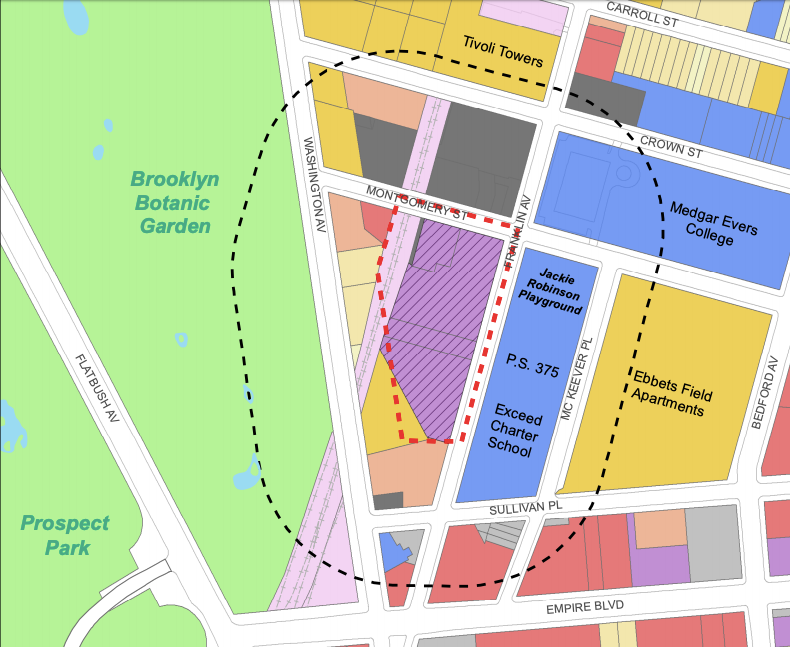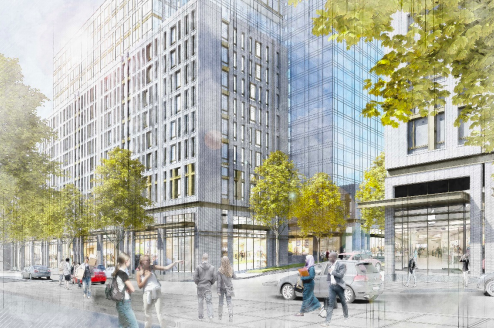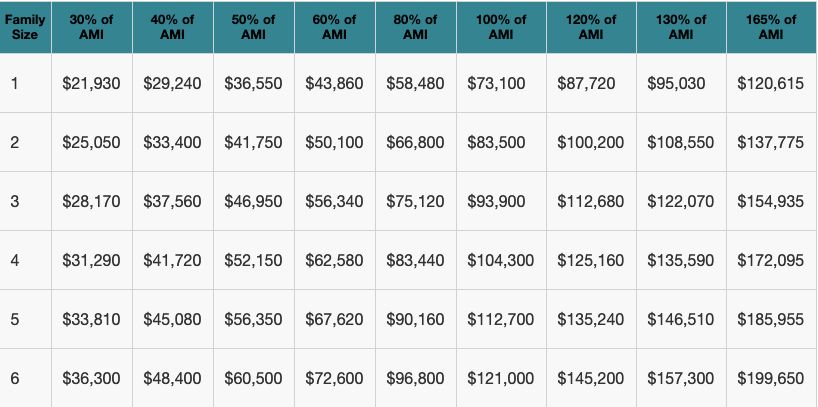Developers Propose Massive 960 Franklin Avenue Project


CROWN HEIGHTS — Plans to replace the Spice Factory on Franklin Avenue are moving forward in what is shaping up to be an enormous project that boasts nearly 1,600 units, half of which will be affordable to some.
Developers Bruce Eichner of Continuum Company, LLC and Joel Bergstein of Lincoln Equities plan to develop two 39-story, mixed-use towers along Franklin Avenue between Montgomery St. and Sullivan Pl. and in some cases stretching more than three quarters towards Washington Avenue. The enormous residential towers would include 1,578 units with 789 affordable and 789 market-rate units, space for local retail space, an indoor community area, a courtyard partially open to the public and 180 parking spots.
Each tower would rise about 420 feet tall.
The 1.4 million sq. ft. project—dubbed the 960 Franklin Avenue Rezoning—is Crown Heights’ largest housing project in the quickly developing Central Brooklyn neighborhood. The massive project is a block away from Tivoli Towers which contains 321 units and the Ebbets Field housing development which has 1,300 apartments. The project is also next to the Franklin Avenue Rezoning Project at 40 Crown St. Here, two 16-story buildings were the cause of some controversy, however, that rezoning had nowhere near as much opposition as this project is likely to encounter because of the potential impact from the shadows the two 39-foot tall towers would cast on the Brooklyn Botanical Garden.

Developers purchased the surrounding swath of land in 2017 and are in contract to buy the Spice Building, hope to rezone the lots from R6A designation (contextual district with a 6- to 8-story apartment buildings) to an R9D (towers with setbacks) with a C2-4 commercial overlay. The project will go through the Uniform Land Use Review (ULURP) process, Community Board review and council vote based on the recommendation of the local councilmember, Laurie Cumbo.
The large-scale plan will use the city’s Mandatory Inclusionary Housing (MIH) plan to gain extra height for the towers. MIH mandates developers of new projects to set aside a certain amount of affordable units in exchange to build more densely.
Under the MIH plan, developers chose option 2, under which sixty percent of the 789 affordable units will be reserved for individuals making 80 percent or below the area median income (AMI), equaling 473 units. Another 158 will be reserved for residents making 100 percent of the AMI and another 158 units will go to those making 150 of the AMI.
According to Housing and Urban Development (HUD) guidelines, a single person looking to rent a studio or 1-bedroom must make $58,480 at an 80 percent AMI and $73,100 at a 100 AMI. (See chart below for more examples of AMI guidelines).
Should the zoning proposal not pass, developers say the alternative would be to erect 518 market-rate condominiums through a series of 6- to 7-story tall structures. Last year, developers across the street at the Franklin Avene Rezoning Project estimated 1-bedroom apartments would sell at $900,000 had their rezoning efforts failed.

This section of Crown Heights has been mired in controversy for several years because of ongoing development. First behind the Bedford-Union Armory rezoning and then again during the Franklin Avenue Rezoning, which passed City Council last December after a near two-year stall. Both projects stand to bring nearly 500 affordable apartments to the area, but many are concerned with the density and shadows the towers will cast on the nearby Brooklyn Botanic Garden.
Last October, a representative of the Brooklyn Botanic Garden did express concern about this project, based on height and bulk estimates and the potential impact on the gardens from shade cast by the new buildings.
The community will have an opportunity to voice their concerns about the project at a public hearing on March 12, at New York City Department of City Planning, City Planning Commission Hearing Room, 120 Broadway, Concourse Level, New York 10271. The session begins at 1:00 pm.
The project is proposed to be developed in two phases.
Phase 1
The first phase includes a 39-story tower with 15-feet setbacks before rising to the 17th 34th floors and then another 80-feet setback before rising to 39 floors. The building would hold about 810 units, including 405 affordable, with more than 8,000 sq. ft. for local retail use, according to the documents filed with NYC Department of Planning. There will be 113 parking spots on the ground and cellar levels.
Phase 2
The second phase would develop 768 units and proposes three setbacks, similar to the Phase 1 tower. About 11,5432 sq. ft. is dedicated to retail space and 9,678 sq. ft. to a community facility area. There are 67 parking spaces planned. More than 50,000 sq. ft. is dedicated to open space, including 24,959 square foot rooftop garden space and 7,350 sq. ft of landscaping to buffer Franklin Ave Shuttle, owned by the MTA. Plans also include an 18,000 sq. ft. interior courtyard that will be open to the public from dusk to dawn.
What’s affordable?
Below is the affordability scale in New York City as described by HUD.

About The Old Spice Factory
Morris J Golombeck, Inc. Importers have owned and operated the spice warehouse since 1955. The entire warehouse is 66,900 square feet. Before Golombeck, the red-brick facility served as a mattress and cotton felt manufacturer from 1932 to 1955, and Consumers Park Brewery between 1908 to 1932. During the days of the brewery, the multi-building complex housed the Brick Garden Hotel – a restaurant, beer garden and entertainment venue, according to the Historic Districts Council (HDC).
The HDC describe the factory portion as Romanesque Revival and it’s Auxilary building as Queen Anne Style.
The New York City Landmark and Preservation (LPC) found no “architectural significance” to landmark the 111-year-old building. However, LPC did indicate that the building is eligible to be preserved as a New York State and National Register site.




